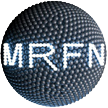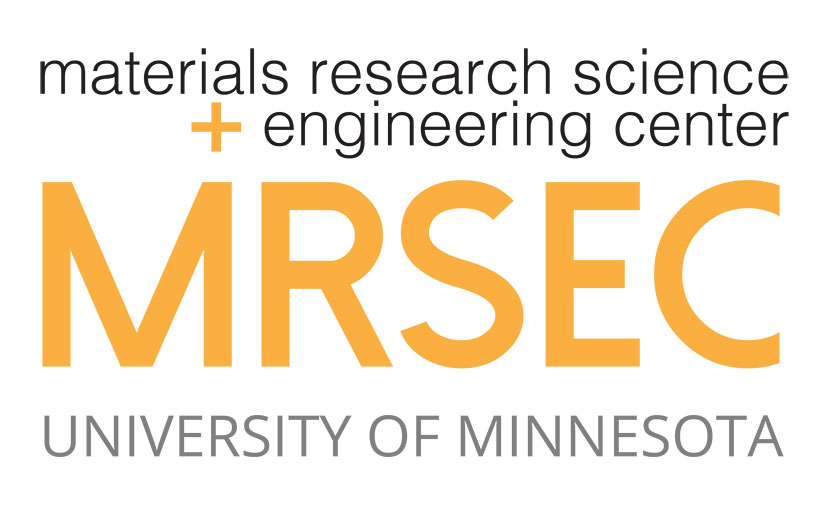MALDI-MS is a powerful tool for analyzing a variety of different analytes including small molecules (metabolites), lipids, nucleic acids, peptides, proteins, and polymers ranging in molecular mass from 100 Da up to 100 kDa or more. For analysis by MALDI, a sample is mixed or coated with an energy-absorbing matrix and then irradiated with a laser beam (typically a Nd:Yag laser).



